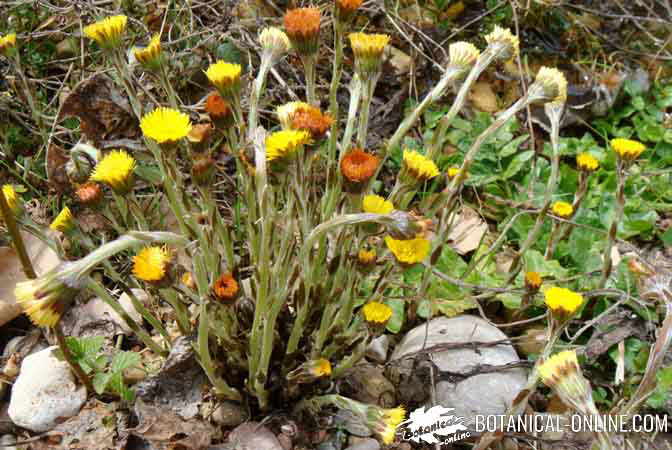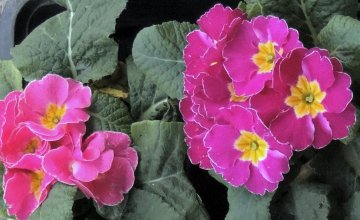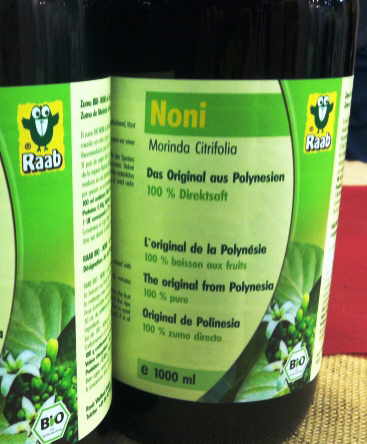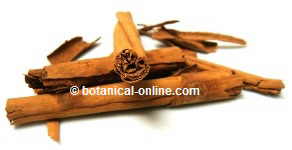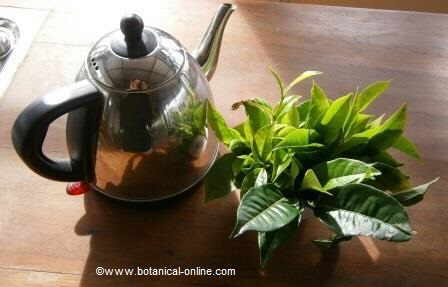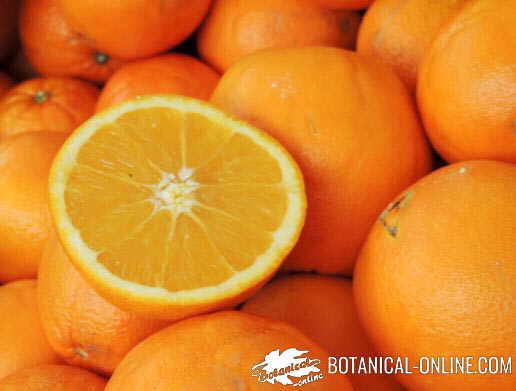Contents
Aronia, a powerful natural antioxidant
Aronia is a plant of the Rosaceae family, characterized by the production of a fruit, in the form of small, round berry, rich in nutrients.
Although initially used as an ornamental shrub because of the reddish-yellow color of its leaves in autumn, recent scientific studies have discovered the nutritional richness of aronia in antioxidants and its possible medicinal applications.
Only looking at the deep purple skin of aronia, we can intuit its high nutrient content. Certainly this berry, which at first glance is quite similar to cranberries, is a concentrate of phytochemicals, such as polyphenols, phenolic acids and flavonols; that give aronia fruit its dark color.
Graph comparing the antioxidant power of different fruits
The ORAC scale values expressed in micromoles of Trolox eq. per 100g.
The antioxidant power has been measured ” in vitro “, so in the body ” in vivo ” it can have different effects.
What is the ORAC scale?
To illustrate the high antioxidant power of aronia, the Department of Agriculture of the United States makes available to consumers a scale that measures the antioxidant power of food variety.
This scale is called ORAC scale values. It shows the antioxidant power of foods in vitro by measuring the Oxygen Radical Absorbance Capacity in a studied food(in English acronym is expressed as ORAC) .
ORAC scale has emerged from a curiosity and a duty of researchers to demonstrate the richness in antioxidants and beneficial substances of plants and to inform consumers as well as to confirm – or deny – many miracle foods that are constantly advertised throughout media.
In the case of aronia, its antioxidant power (ORAC value) is actually much higher than other fruits, confirming its richness in natural nutrients and phytochemicals.
Antioxidant components of aronia
The main antioxidant and protector component of aronia are anthocyanins. Anthocyanins or pigments are substances that plants produce to protect themselves from ultraviolet sunlight. Similarly to carrot carotenoids that are orange, in this case, anthocyanins impart a bluish or cyanotic color to aroniafruits.
Antioxidant properties of anthocyanins act on eye level. These compounds protect the capillaries in the retina, where the veins and arteries are tiny and delicate, avoiding oxidation by solar radiation and manage to maintain a good eye health. They also have bacteriostatic, antiviral and tooth-protecting properties.
Other abundant polyphenols in the berry are tannins. The provide the bitter and characteristic intense rough flavour to aronia and other fruits. Tannins are substances produced by plants to protect themselves from predators and injuries, resulting toxic or non-metabolizable for some herbivorous animals such as birds. However, humans can digest and benefit from their antioxidant, antibacterial and heart-healthy properties.
These properties are particularly important in aronia, as the content of anthocyanins and tannins in this fruit duplicates the tannins of blueberries, one of the richest fruit in anthocyanins
Content of total anthocyanins in aronia fresh berries is 1480mg per 100gs, and tannin concentration is 664mg per 100g. These values are higher that in other plants studied to date.
Other aronia antioxidants
In addition to the high content of antioxidants, the other components of the fruit play a synergistic role (by means of summation): aronia also gives us antioxidant flavonols such as rutin, quercetin and malvidin.
All these natural antioxidants help maintain the body healthy, preventing aging and help fight free radicals in the body. Aronia juice or aronia supplement can be a perfect complement for those who want to improve their health.
Athletes can especially benefit from its antioxidant power, helping to fight free radicals resulting from exercise, but there are other people, among others, who can benefit from its antioxidant properties. For example:
– People with cardiovascular diseases such as hypertension, since it promotes good health to the arteries.
– People with cholesterol because it prevents oxidation of fats
– Diabetics because of the low sugar contribution of this fruit
– People in general considering its power in the cardiovascular and eye protection.
![]() More information on aronia.
More information on aronia.

